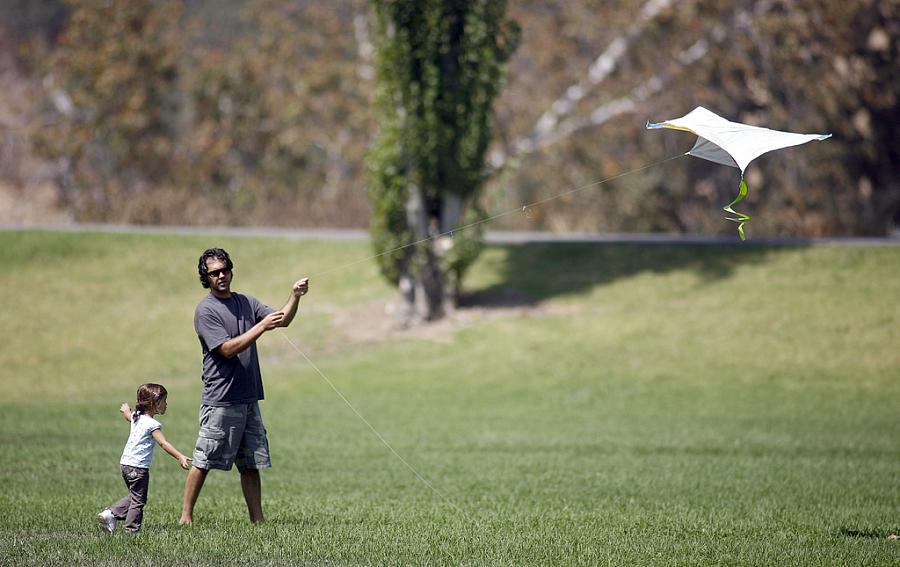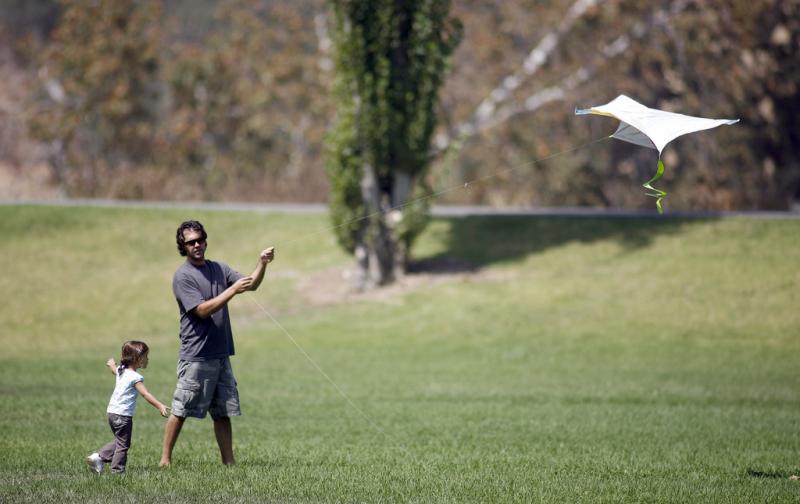What Parks Mean for Community Health: Ideas for Your Reporting

 Journalist Tracy Wood turned to some unlikely sources for her three-part series on the lack of parks in some parts of Orange County: county archives, elderly public officials, and public libraries.
Journalist Tracy Wood turned to some unlikely sources for her three-part series on the lack of parks in some parts of Orange County: county archives, elderly public officials, and public libraries.
The Voice of OC reporter wanted to know why some parts of the sprawling Southern California county developed without parks while other areas got plenty, and how parks affect the health of county residents.
Underlying her reporting is the idea that parks play an important role in improving people's health, by offering air-cleaning trees and a place to exercise and get fresh air. Increasingly, a lack of parks in a community is regarded as a social justice issue; a growing body of research shows that parks tend to be lacking in minority and poor communities that already suffer from health disparities. Urban planners also are being pressured to take health into consideration in their work, as part of the health in all policies movement.
Wood, along with attorney Robert Garcia, head of The City Project, offered background, story ideas and reporting tips to California Endowment Health Journalism Fellows gathered in Los Angeles this week for a reporting seminar.
"Parks are a civil rights issue," said Garcia, whose nonprofit works to bring parks and open space to low income communities. You can see more about Garcia's work in this KCET story. It affects "kids who are poor and who have highest levels of child obesity, but no cars to reach the neighborhoods where parks and school playing fields are located."
While developers have traditionally influenced local officials on where to locate parks, or even to have them at all, open space activists have had some notable victories, including the decision to use one of Los Angeles' last big parcels of open land, Cornfield Row, for parkland and schools, not a large industrial complex, Garcia said.
If you're interested in looking at potential disparities in where parks are located in your community, Woods suggests examining where people gathering and playing in "park-poor" areas and where parks could be located in already built-out neighborhoods. She also offered these resources:
1. University libraries: Online newspaper databases often go back only to the mid80s, but libraries offer more history and subscribe to all kinds of expensive databases. You can copy data for free onto a flash drive.
2. County archives: great for photos and tips about where else to look or who to contact. Limitations include sources that provided the information. Again, be sure to take your flash drive.
3. Center for Demographic Research at California State University – Fullerton: the center primarily tracks data in Orange County, but you can look for similar organizations in your area.
4. Robert Garcia's organization, The City Project, offers great maps and other information that shows the availability of parks in relation to income, race
5. Interns. They can be labor-intensive to manage, so choose well. But they come with great skills, including photo and video.
More Reporting Resources:
The Health Benefits of Parks: a report from the Trust for Public Land
Q&A with the Voice of OC's Tracy Wood: Finding a Hot Investigation in Local Park History
Q&A with Tracy Wood, Part 2: Finding the Right Records to Tell Orange County's Park Story
Healthy parks, schools and communities: Mapping green access and equity for Southern California – report from The City Project
Photo credit: OC Parks via Flickr

